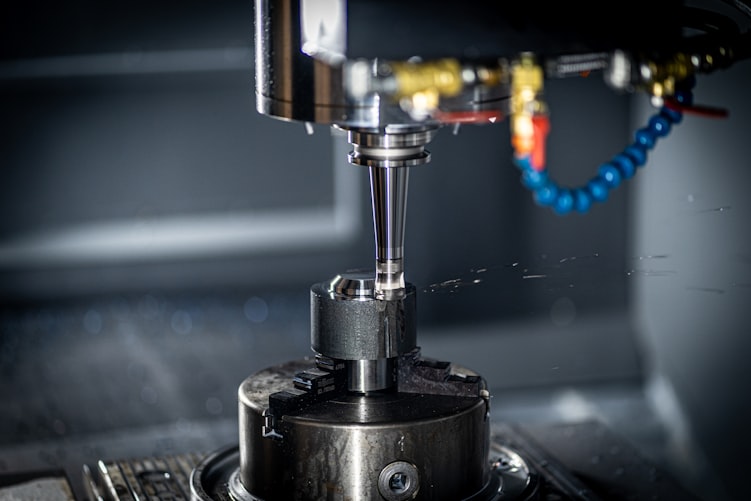The natural tendency of abrasive water jet cutter end-users is to underestimate the maintenance requirements this type of equipment needs to have, regardless if they are new acquisitions or an old model or make. Unforeseen maintenance downtime often leads to a longer return on investment.
To be competitive, owners need to see the importance of accounting for maintenance costs. These issues include the abrasive-feeding apparatus, cutting head, high-pressure delivery lines, pneumatic valves, and the pump.
Examine the Water Quality

If fabricators have a reason to be a bit concerned about the quality of water they have in their homes, then they have a more pressing reason to be more worried about the water they are using for their waterjet systems.
If you want to take serious action and put control on your consumable costs, this is one of those things that you need to consider. Before purchasing a waterjet machine cutter, a fabricator must evaluate the incoming water. The water and its quality must satisfy the manufacturer’s specifications so that his waterjet equipment will perform effectively.
With regard to TDS or total dissolved solids, water jet cutter manufacturers want this to be less than 100 parts per million (PPM). This type of measurement takes into account the number of inorganic minerals that water contains or particles that are dissolved in it that contribute to its hardness, such as magnesium and calcium.
A TDS range of 10 PPM or less may cause problems since the water will leach material based on any element it comes into contact with.
Examine the Cutter Head
The abrasive particles you use that make their way via the nozzle are the chief reason for component decay, wear and tear. They gradually erode the innermost abrasive nozzle diameters, expanding the aperture by approximately 0.001 inches each hour of cutting.
Given the fact that this wear pattern is not always uniform, one side of the nozzle may degrade relatively faster than the other.

Inside cuts that become larger than intended and exterior cuts that become smaller than you want them to be are indicating signs that you need to replace the nozzle. Besides, water jet cutter operators may notice a decline in cut quality in one or more directions.
Switching out the nozzles may take around 5 and 10 minutes for repair work.
The most effective strategy to keep poor-quality cuts due to worn nozzles is to:
- Monitor the hours the nozzle is used and continue monitoring cut quality and tolerance as time goes by.
- Make necessary adjustments to the kerf compensation as needed, this measure is most helpful in maintaining tolerances. An effective way to prevent poor-quality cuts due to overused nozzles is to:
You don’t need to discard old nozzles right away, but you may want to preserve them instead and save for less critical work.
Inspect the Missing Chamber
The mixing chamber is where the abrasive gets mixed in with the waterjet stream. After moving at speeds closing to 2.5 times the speed of sound, the abrasive particles reach an astounding 2.25 times the sound speed.
Normal wear and tear are detrimental to the mixing chamber, which usually comes with a lifespan of approximately 500 hours. A brand new mixing chamber will have a tag price of about $100 to $200 and will require 5 and 10 minutes to replace.
Examine the water nozzle
Where 50,000 PSI water is rapidly accelerated to 2,500 feet per second to form a waterjet stream (FPS). To produce the waterjet stream, sapphires, rubies, or diamonds are utilized.
This is how it’s done. An incredibly little hole is made in the diamond. Depending on the application, the orifice diameter would differ from 0.005 in. to 0.020 in. As soon as the smaller orifice is opened, the water exits at a rapid rate of speed. As the opening of the pipe increases, the amount of water discharged increases, but the speed of flow slows down.
The machine resets logged hours to zero after maintenance that includes changing the seals. The ultimate goal is to create a system where the fluid leakage inherent in the machine acts as data and a resource in maintaining its operation.